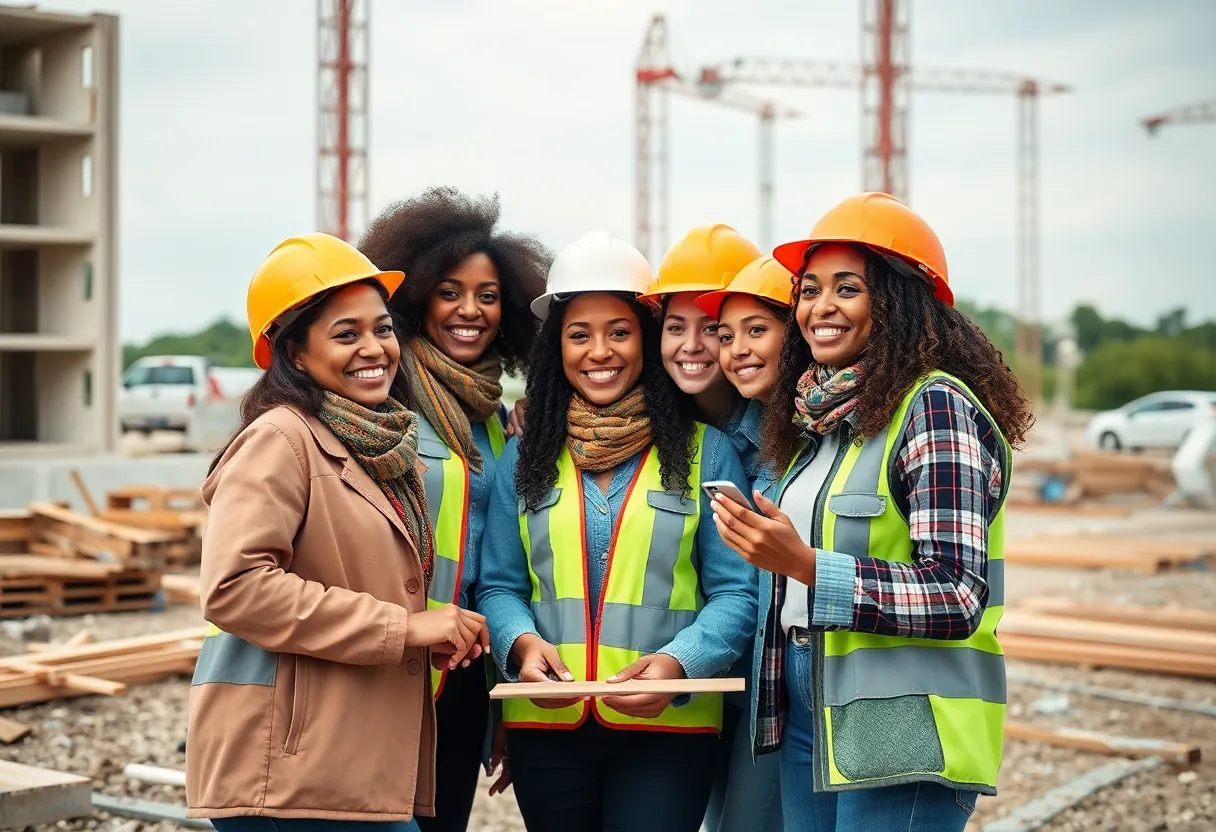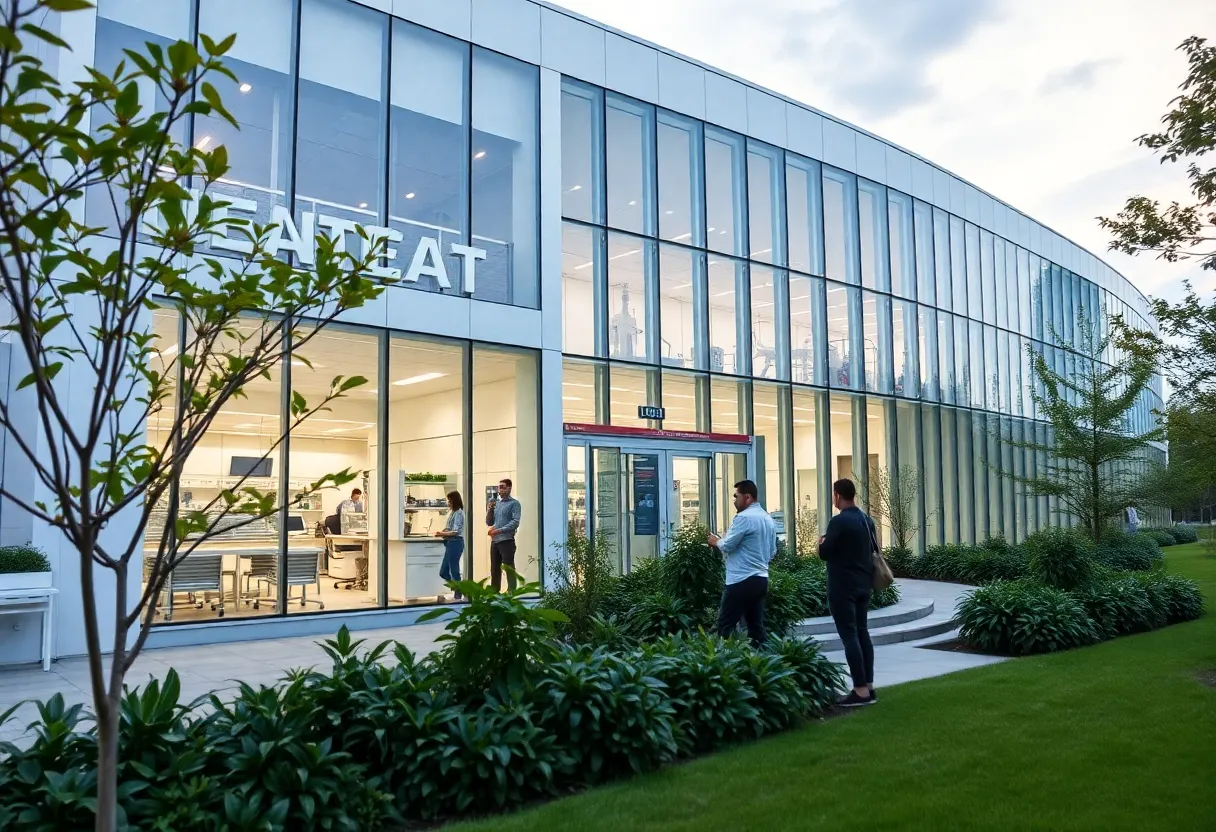News Summary
The U.S. construction industry faces a surge in demand post-COVID-19, revealing a critical housing stock shortage. Despite record housing starts, rising mortgage rates impact affordability. Furthermore, a projected labor shortage of 439,000 workers highlights the necessity for increased recruitment, particularly of women, who now comprise a growing percentage of the workforce. Initiatives aimed at supporting women in construction are becoming increasingly relevant in addressing these challenges.
New York, – The U.S. construction industry is experiencing a surge in demand following the COVID-19 pandemic, highlighting a critical housing stock shortage across the nation. Private construction spending rose sharply between 2020 and 2022, with housing starts reaching the highest levels seen in over 15 years in April 2022. However, this upward trend saw a decline as rising mortgage rates began to impact buyer sentiment and housing affordability. As private construction activity plateaued, public construction spending began to grow with the assistance of funding from the Bipartisan Infrastructure Law.
Despite these positive indicators, current economic challenges such as a softening labor market, foreign import tariffs, and persistently high interest rates cast uncertainty on the future landscape of the construction industry. The Associated Builders and Contractors have projected a labor shortage of 439,000 workers in the construction field, which is further corroborated by data from the Bureau of Labor Statistics reporting 306,000 available job openings for construction workers as of July 2025.
Women, who have historically been underrepresented in the construction sector, are increasingly being recruited to help fill these labor shortages. The share of women employed in construction has more than doubled since the 1960s, with women making up 14.4% of all construction workers and 10.7% of full-time construction workers by July 2025. Despite ongoing underrepresentation in certain trade occupations such as plumbing, carpentry, and electrical work, women hold a notable number of high-paying jobs in construction, including roles as lawyers, CEOs, and engineers.
The median annual wage for female lawyers working within the construction sector is reported at $170,000, with women accounting for over 48% of attorneys in the industry. Furthermore, the median wage for full-time women in construction surpasses the earnings of all full-time working women in 39 states, indicating significant progress in women’s economic contributions within the field.
Another important aspect is the gender wage gap in construction, which stands at 4.9%. This figure is considerably lower than the 18.9% gap observed for all full-time workers across the board. The national average salary for full-time female construction workers is $54,044, although compensation can vary significantly depending on the state.
Organizations and programs aimed at supporting women in construction have emerged, such as Building Futures Rhode Island, which works to recruit women into the unionized building trades. One such success story is that of Devyn Maher, an apprentice plumber who is making notable strides in the traditionally male-dominated construction industry. Her experience underscores the importance of camaraderie, skill development, and support among women in the field.
While historical participation rates of women in construction trades have remained low, there are increasing efforts to recruit and empower them through various training and mentorship programs. The growth of women’s representation in construction not only addresses labor shortages but also enriches the workforce with diverse perspectives and talents. Highlighting the achievements of women like Devyn Maher and others fosters a greater sense of community and encourages ongoing participation and success within the construction sector.
As the construction industry continues to face both challenges and opportunities, the growing involvement of women is a hopeful sign of progress towards a more equitable workforce within the sector.
Deeper Dive: News & Info About This Topic
- WV News: Rhode Island Ranks 8th Worst for Women in Construction Pay
- Providence Journal: Women in Building Trades Rhode Island
- Brown Daily Herald: Labor and Delivery Center Exceeds Funding Goals
- New England Real Estate Journal: 2025 WIC Allison Drake Diprete Engineering
- WPRI: JPS Construction and Design
- Wikipedia: Construction Industry
- Google Search: Women in Construction
- Google Scholar: Women in Construction
- Encyclopedia Britannica: Construction
- Google News: Women in Construction

Author: STAFF HERE PROVIDENCE WRITER
The PROVIDENCE STAFF WRITER represents the experienced team at HEREProvidence.com, your go-to source for actionable local news and information in Providence, Providence County, and beyond. Specializing in "news you can use," we cover essential topics like product reviews for personal and business needs, local business directories, politics, real estate trends, neighborhood insights, and state news affecting the area—with deep expertise drawn from years of dedicated reporting and strong community input, including local press releases and business updates. We deliver top reporting on high-value events such as WaterFire, Rhode Island International Film Festival, and Rhode Island Comic Con. Our coverage extends to key organizations like the Greater Providence Chamber of Commerce and Providence Warwick Convention & Visitors Bureau, plus leading businesses in finance and manufacturing that power the local economy such as Citizens Financial Group and Textron. As part of the broader HERE network, we provide comprehensive, credible insights into Rhode Island's dynamic landscape.





